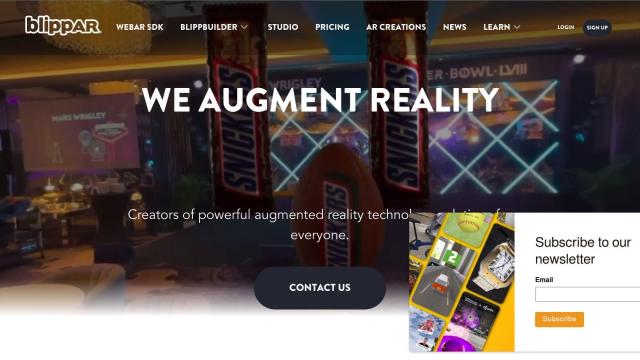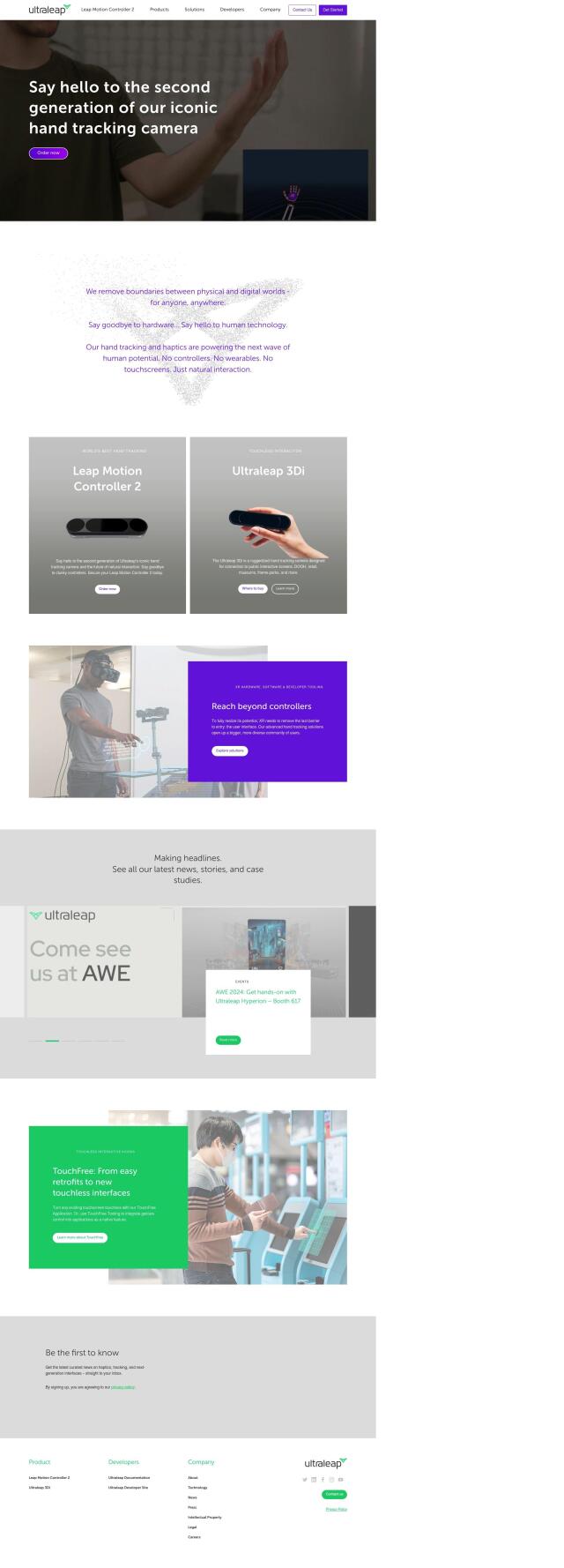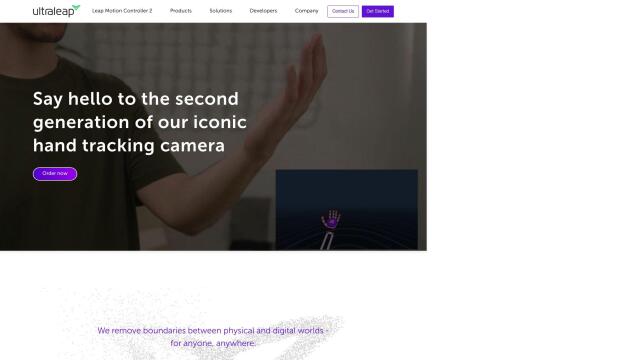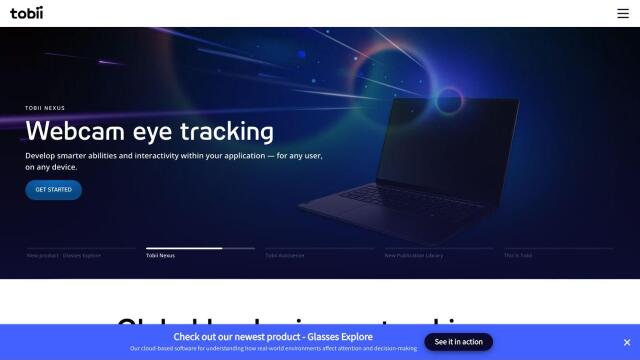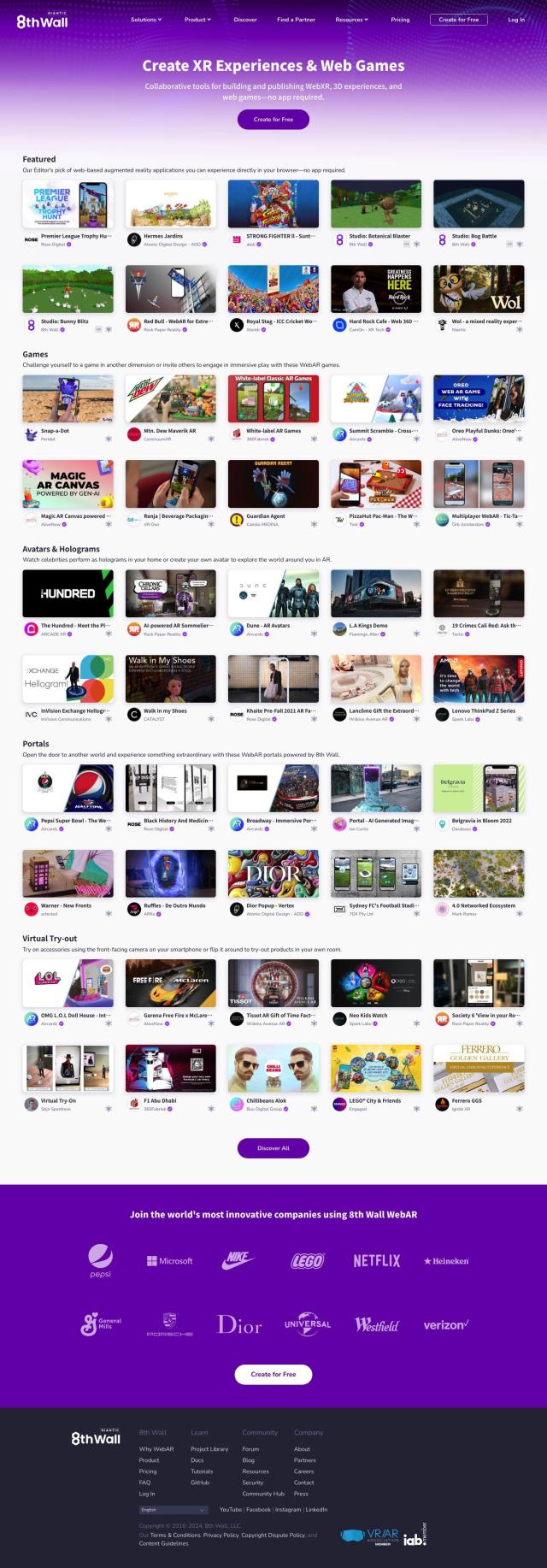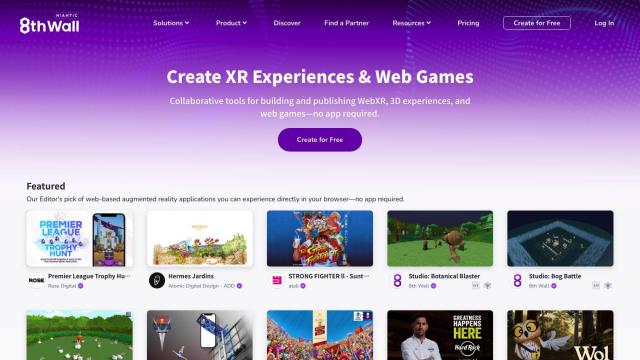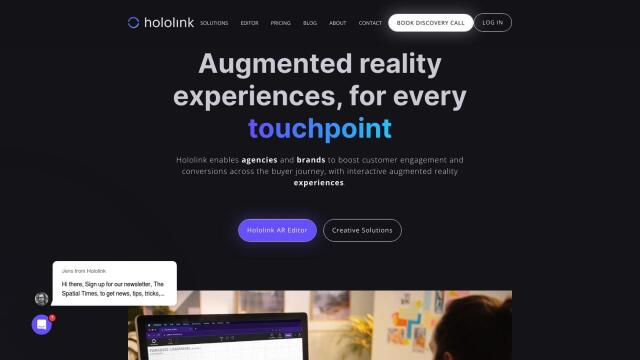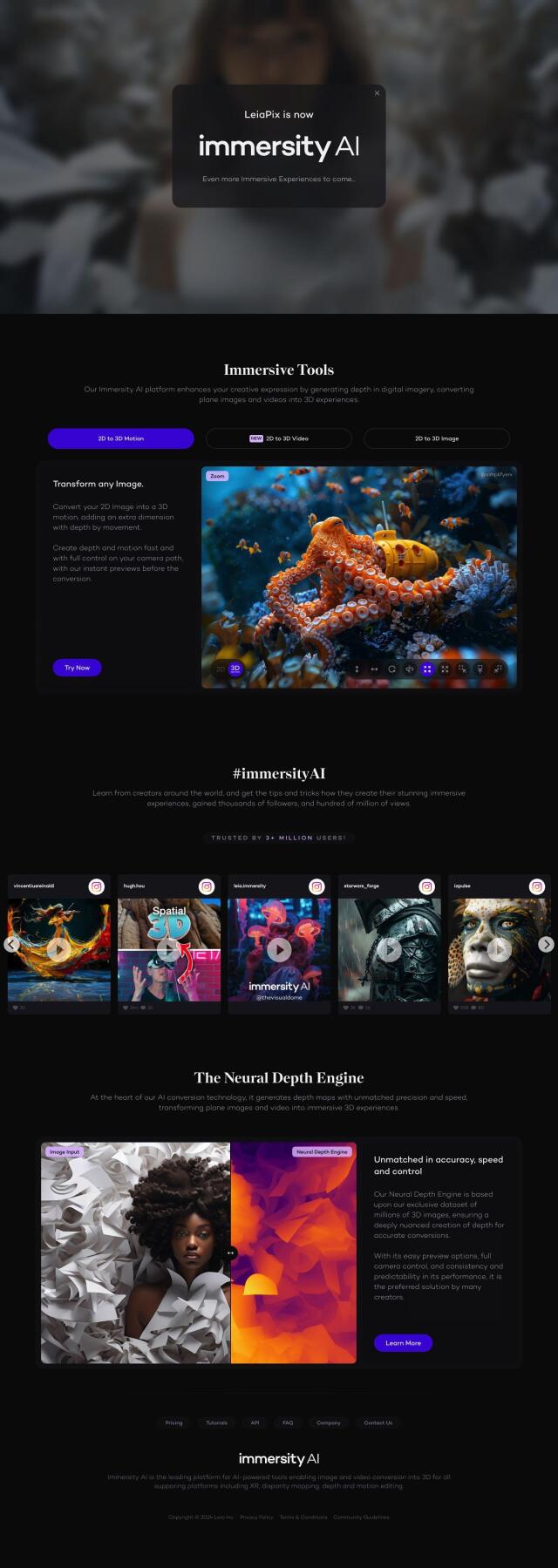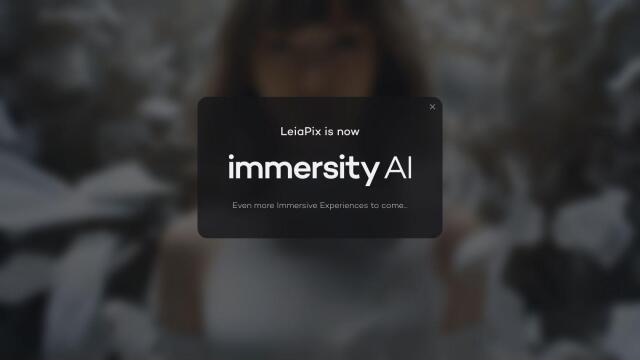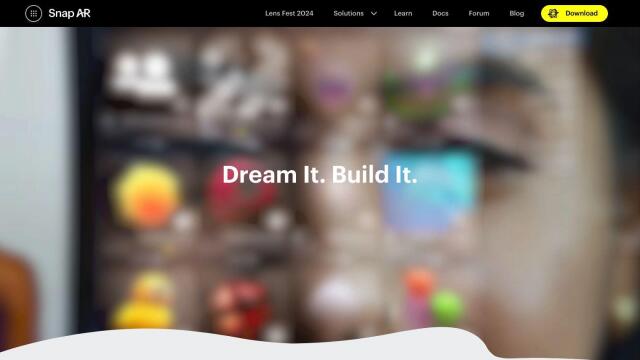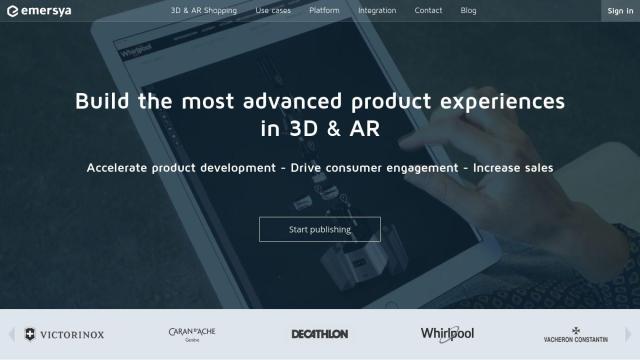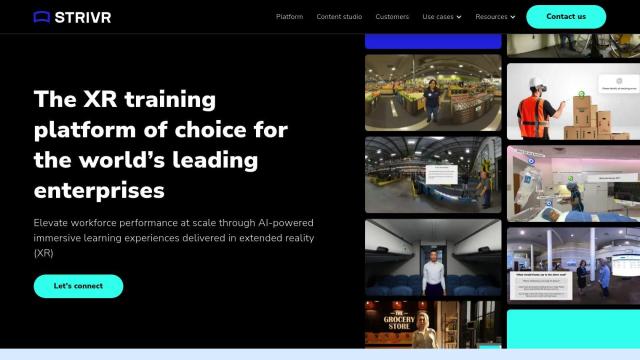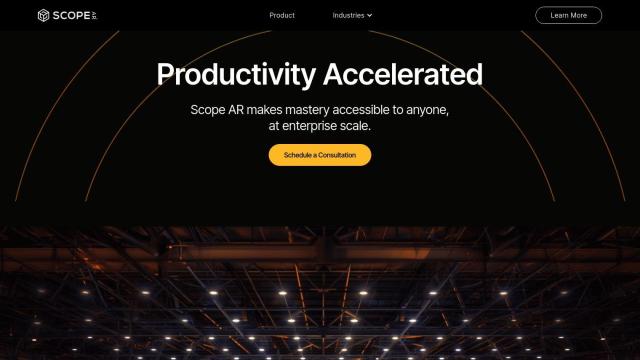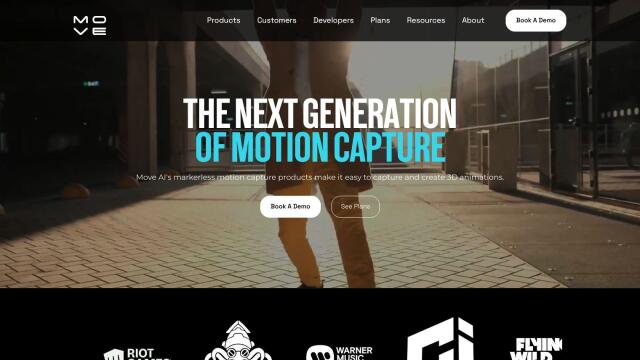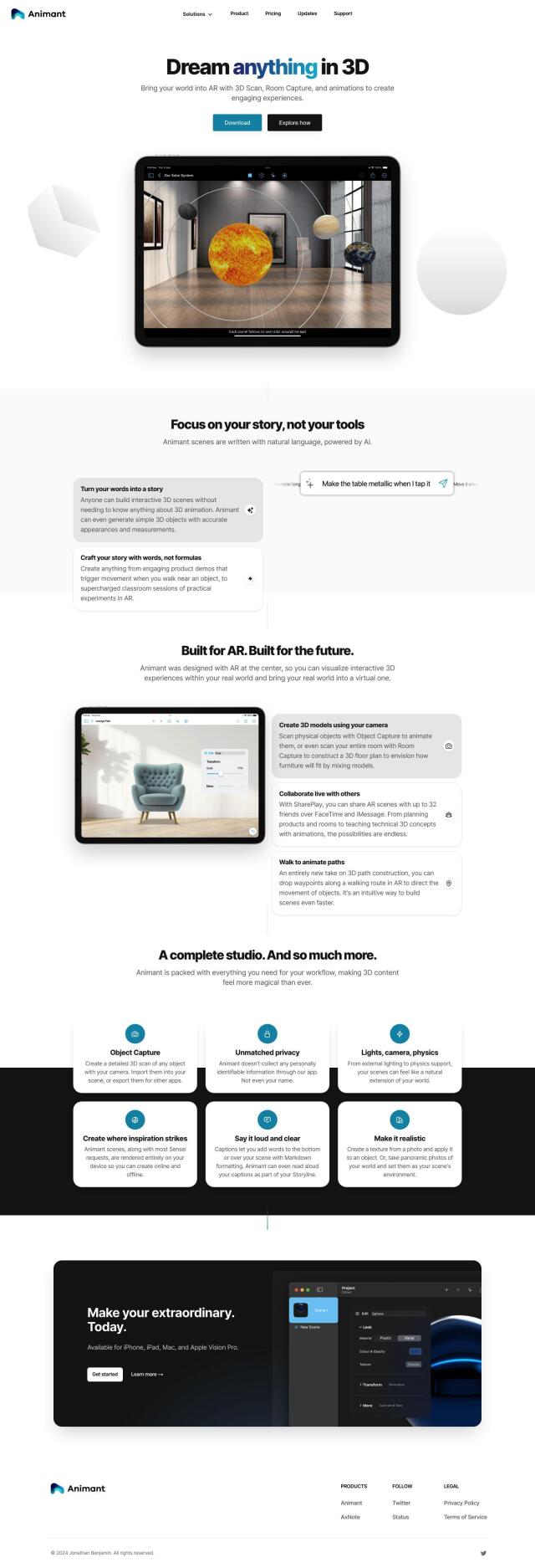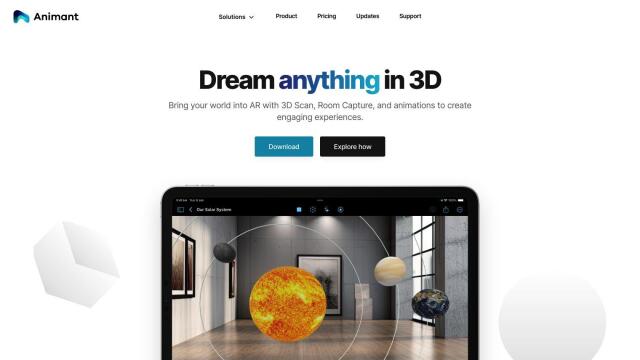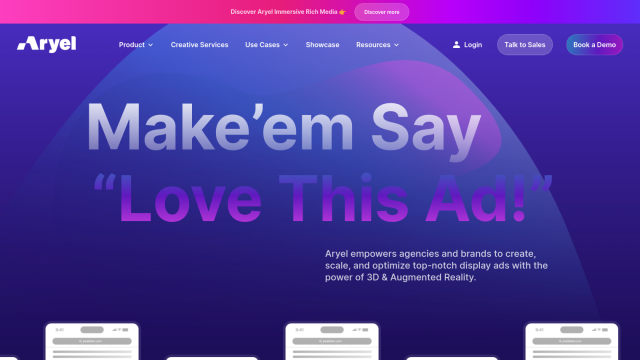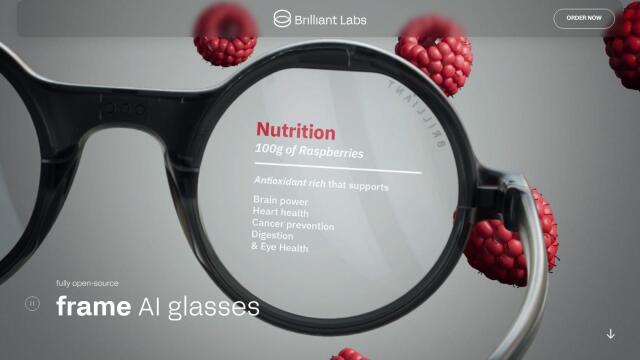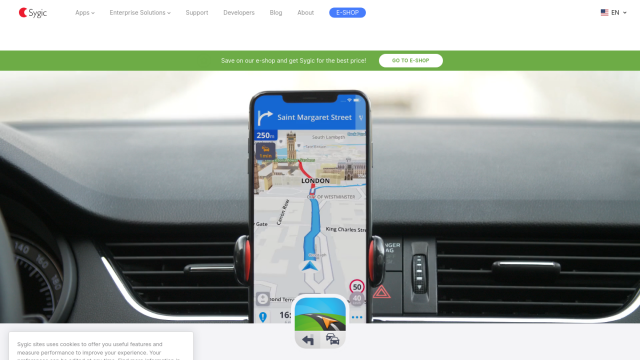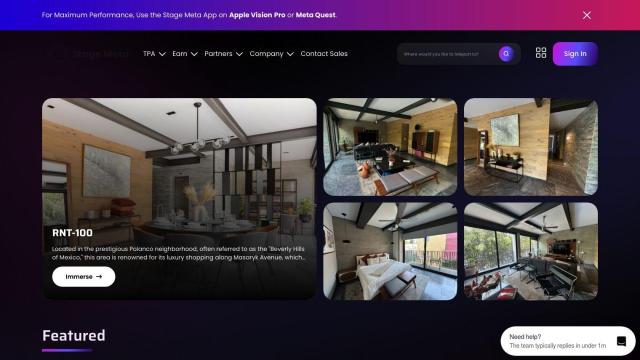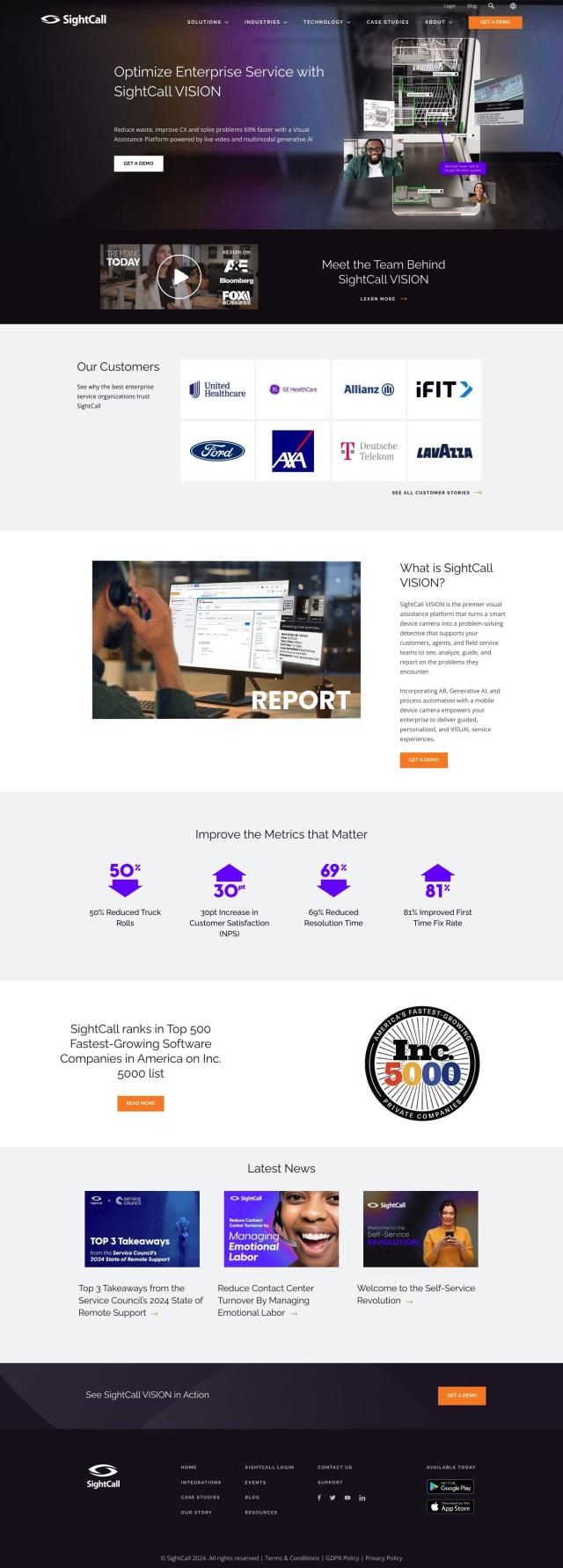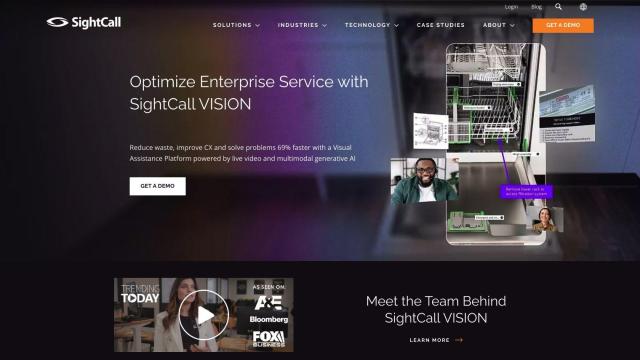Question: I'm looking for a solution that can create immersive AR experiences for in-vehicle displays without causing motion sickness.

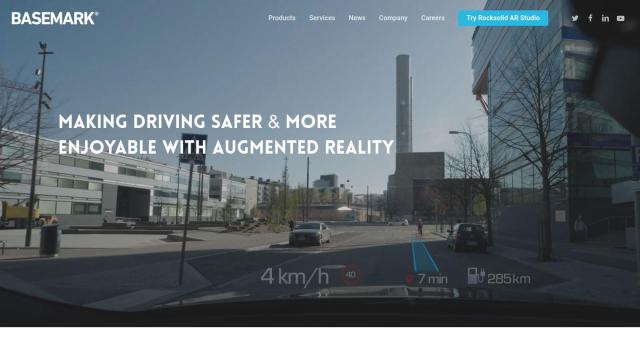
Basemark
If you're looking for a way to build immersive AR experiences for in-vehicle displays without worrying about motion sickness, Basemark is a top contender. Basemark focuses on automotive AR and ADAS visualization and has a full toolchain called Rocksolid AR that provides accurate positioning and anchoring of AR content to real-world objects and infrastructure even when a car is moving. It includes a design studio, SDK, and runtimes for automotive AR development, and supports a range of in-vehicle displays including heads-up displays, instrument clusters and infotainment screens.
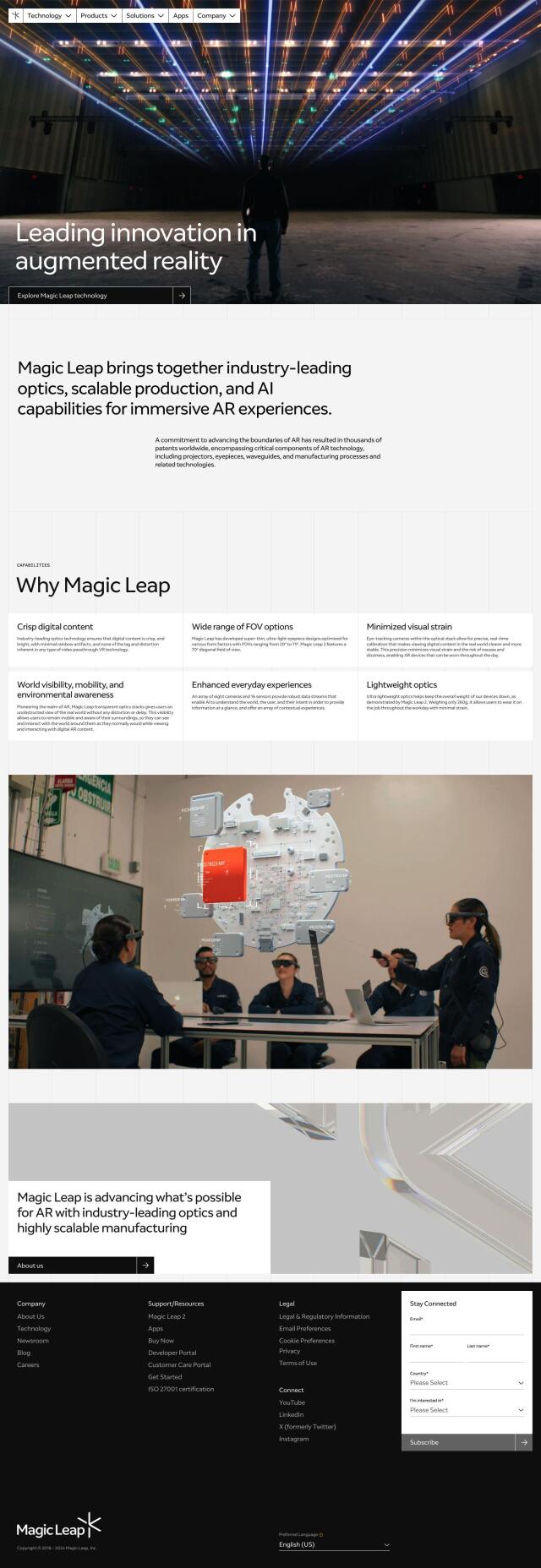
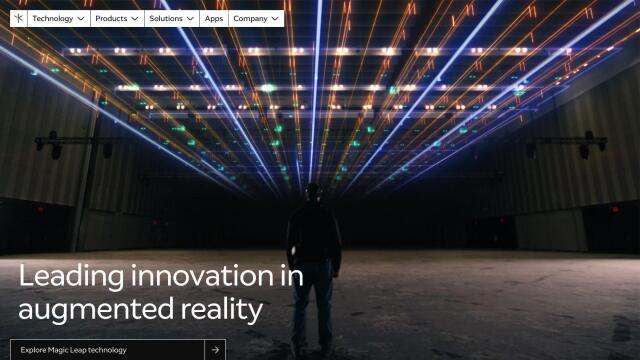
Magic Leap
Another contender is Magic Leap, which offers a mature augmented reality technology that marries industry-leading optics with high-volume manufacturing. Magic Leap's system offers high-resolution digital content, a wide range of field of view options and reduced eye fatigue. It has eye-tracking cameras for precise calibration and an array of cameras and sensors that can generate rich data streams for AI-powered contextual experiences. It's designed to be developer-centric, so developers can easily build and deploy AR apps for a variety of use cases, including in-vehicle displays.

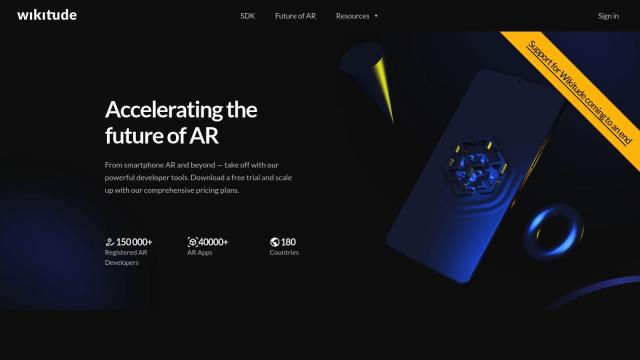
Wikitude Augmented Reality
If you're looking for a flexible and widely supported AR development platform, check out Wikitude Augmented Reality. Wikitude offers a cross-platform AR SDK that lets developers create immersive AR experiences for iOS, Android and Smart Glasses apps. It offers features like Image Tracking, Object & Scene Tracking, Instant Tracking and Geo AR, and is used in a variety of industries including education, retail and entertainment. Its flexibility and support for multiple devices and operating systems means it's a scalable option for building and deploying AR apps.

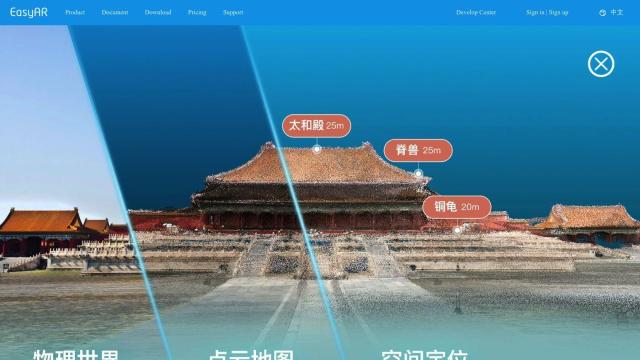
EasyAR
Last, EasyAR offers a full AR development platform with a range of tools and services. At its core is the Sense SDK, which includes spatial mapping, motion tracking and image recognition. EasyAR's platform supports iOS, Android and MR eyewear and has a range of subscription tiers to accommodate different project needs. With a wealth of documentation and community support, it's a good option for developers looking to create AR experiences that can be easily integrated into in-vehicle displays.

